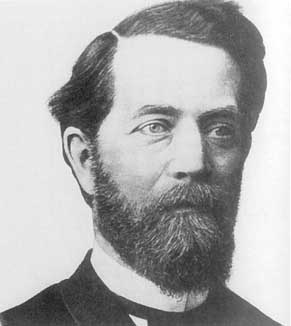This Week’s Finds in Mathematical Physics (Week 249)
Posted by John Baez
In week249 of This Week’s Finds you can finally see Felix Klein’s famous "Erlangen program" for reducing geometry to group theory - translated into English!

Then, continue reading the Tale of Groupoidification - in which we see how group actions are just groupoids equipped with extra stuff.
Posted at April 9, 2007 4:15 AM UTC
Re: This Week’s Finds in Mathematical Physics (Week 249)
Thanks John! Fascinating as always:
These are exactly the things which crop up when you consider morphisms between 2-representations of . Can’t wait for next time.